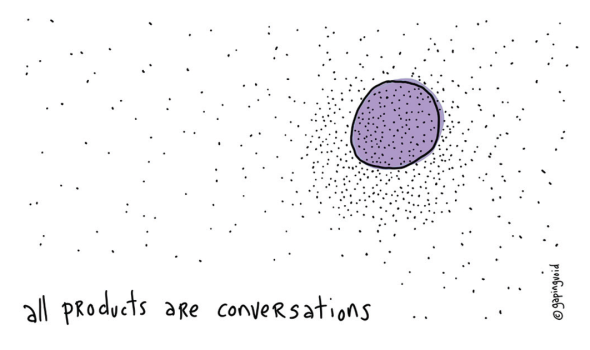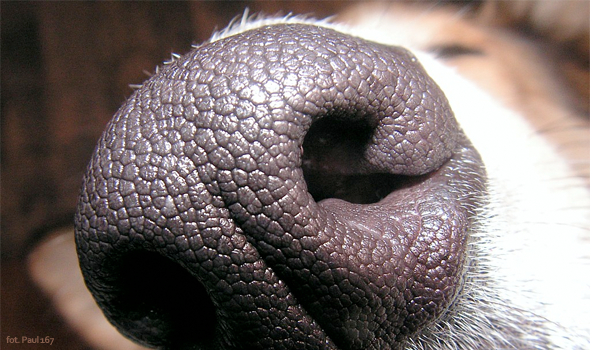Lately, I’ve been thinking a lot about how to create addictive experiences.
In July, I decided to buy a Fitbit to get a better read on how much I move around each day, and how many calories I’m burning during workouts and over the course of the day. I also tried wearing it to sleep for about a week.
What did I learn?
I don’t sleep much, but when I do, I sleep like a stone. My sleep cycle times were very consistent, re-starting around 1:45 AM and again around 3:45 AM. I found I was averaging about 5 1/2 hours a night, with 7 hours on a good day.
I was also getting specific feedback on how much I was (or wasn’t) moving around. I also learned that the ability to press a button to access steps and calories at any time was changing my behavior. It made me want to move around more, and see how the numbers changed. Within the first week, I realized I was hooked. It was amazingly gratifying to be able to measure progress on my fitness goals.
Around this time I stumbled on a thought-provoking book called “The Power of Habit” by Charles Duhigg, an investigative reporter for the New York Times.
Using a combination of storytelling and science, Duhigg does a wonderful job of explaining how habits are made and how we can change them. Using the existing trigger or cue, and the usual reward at the end, we can make the change to the behavior that happens in the middle. For a craving to develop, the behavior must become so ingrained that we start to anticipate the reward before doing the behavior. This creates a motivating force that drives the behavior.
Now, while working with clients to design the next software solution, game, service or product, I find myself thinking, what if the result of using this was so addictive, that people actually craved it? How does that translate to it’s design and context of use?
With all of the “big data” available these days, I’m looking forward to seeing the next wave of products and services that drive us to be healthier and more fulfilled in our daily lives.
If you have a story, please share it here!



















Follow Us!